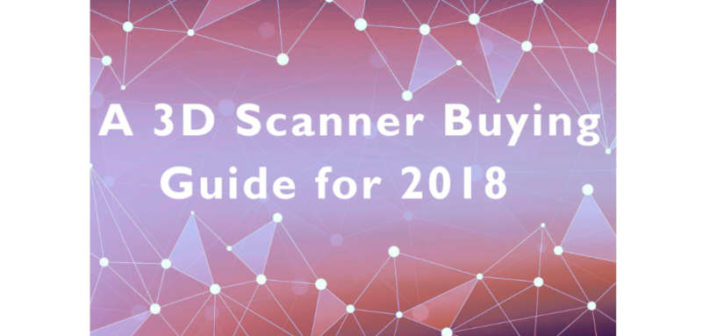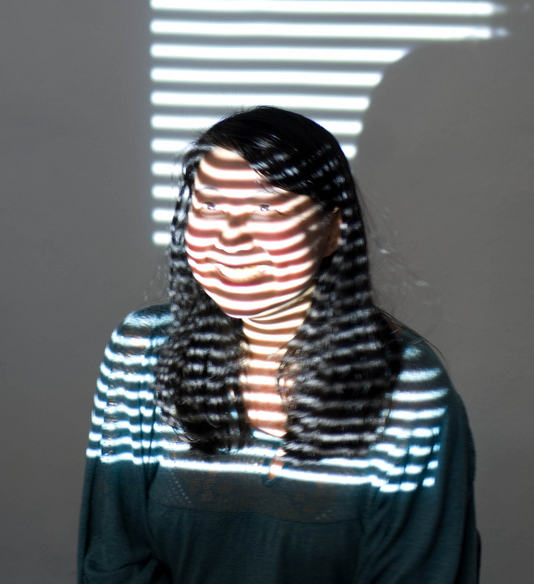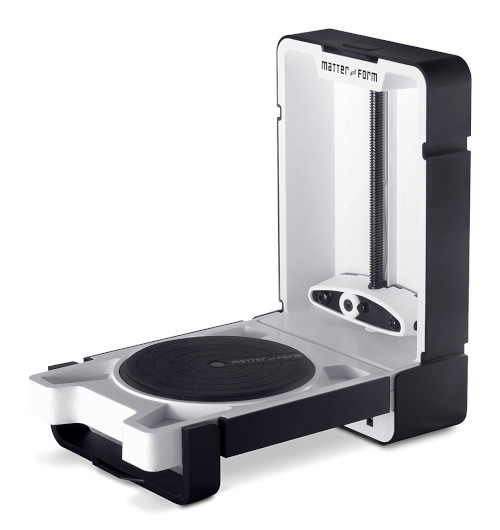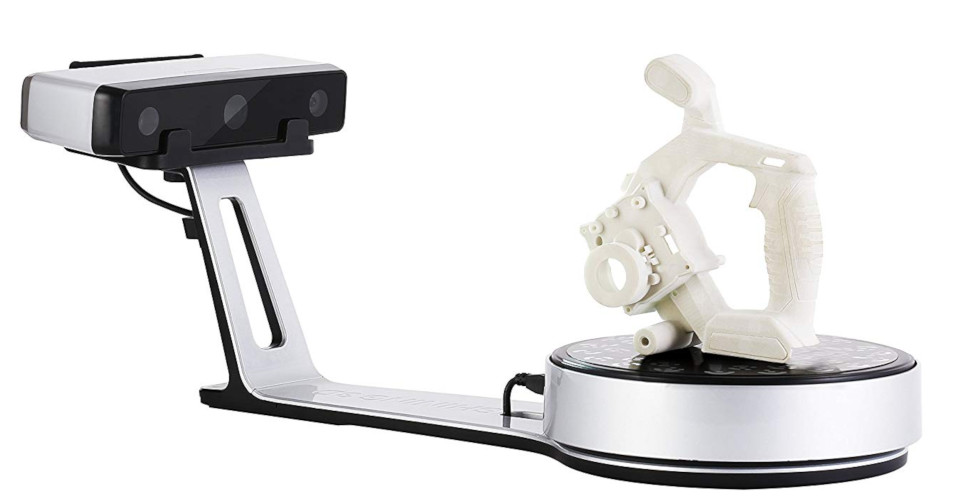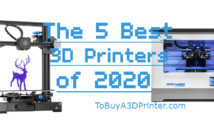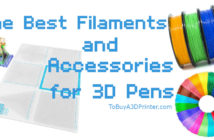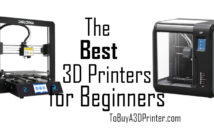A 3D Scanner Buying Guide for Hobbyists
Once you’ve mastered 3D printing, the natural next step is to explore 3D scanning. Scan real life items into digital files to 3D print or modify at your leisure. The options seem pretty limitless, and you may have some lofty ideas about what 3D scanning can do for you. Keep reading to learn more about consumer 3D scanning technologies, important features to consider before buying, and which 3D scanners we recommend for hobbyists of every level.
Types of 3D Scanners
The two most common short-range 3D scanning technologies, a.k.a. consumer-grade scanners, include Triangulation and Structured Light scanning. Either method presents their own pros and cons. This section discusses how these technologies work, along with the merits of either approach.
Laser Based Triangulation.
Quick and highly accurate, laser triangulation uses a laser, a camera, and trigonometry to map an object. Laser scanners map thousands or millions of points per second as a laser scans an object and a camera records the results to determine where the laser and the object meet. In this system, the camera, laser, and object creates a triangle through which the surface points of an object are calculated.
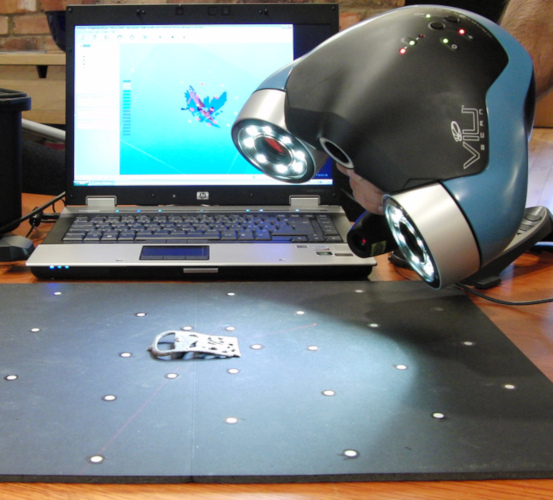
Laser 3D scanning is used to record and replicate this historic artifact for posterity and further study.
Laser scanners are generally cheaper than their alternatives, and are available in a number of handheld or portable models. Unfortunately, laser scanning isn’t as accurate as structured light, especially around the edges of an object where a laser beam may be divided, thus giving an inaccurate representation of the edge to the camera. Laser scanners also sometimes require multiple passes over the same angle of an object, where as structured light requires just a few seconds at any angle.
Structured Light.
Structured light 3D scanning works by shining a patterned light onto an object. Light patterns often look like grids or bars. A camera takes pictures of the way the light patterns distort over the surface of the image, recreating the points of the object based on those distortions. 3D scanning with structured light requires multiple scans of the same object from different angle, after which you can use programs to combine all the data into one complete 3D rendering. This is also true of laser based triangulation.
Structured light scanning is often more accurate and a bit faster than laser scanning. Due to its relatively simple components, structured light tech comes in a variety of shapes, sizes, and levels of portability.On the other hand, structured light requires specific environmental conditions to work properly, and aren’t as good at picking up on smooth, dark, or shiny surfaces as laser based scanners.
Other 3D Scanning Technologies
There are other 3D scanning technologies, like photogrammetry and TOF (Time of Flight). These technologies are either too expensive or too inaccurate at close range for home use, but are instead used for advanced reverse engineering, architectural design, and other industrial tasks.
Important Features for 3D Scanners
Now you know how home 3D scanning units work, so now we’ll discuss which features are most important when choosing one for yourself. Whether you choose a laser based scanner or a structured light scanner, these features are always relevant.
Accuracy (Resolution)
Accuracy is the major factor determining the quality of a 3D scanner. Both laser and structured light scanners can offer accuracy within tens of microns, though structured light tends to be more precise. Also note that accuracy specs are often determined under optimal conditions and may not reflect everyday results. It’s always smart to read reviews when possible to learn about real life results.
Min. And Max. Scan Volume
Pay close attention to the scan volume range of any 3D scanner. Objects smaller than a scanner’s volume won’t scan with proper detail, and anything larger can’t be easily stitched together. Portbable handheld units tend to have larger volumes than stationary models. Be sure to measure the dimensions of any object you want to scan, and keep the limitations in mind for future projects.
Color and Texture Recognition
Another important factor to consider is how well a 3D scanner detects the texture and color of your object. Typically, laser 3D scanners perform better than structured light when it comes to texture. That’s because the distorted areas on a structured light grid do not change significantly based on the texture of the item, effectively washing the texture out. Lasers measure distance from the laser to the camera, as opposed to measuring grid distortion.
Meanwhile, color detection depends on the camera you use. Color cameras are used to imprint an objects color on its 3D model. Finally, dark objects and shiny objects often present a special challenge for 3D scanners. Laser scanners fair better in these conditions, but don’t expect miracles. Instead, use tricks like covering your dark, shiny objects in white powder before scanning, and using a dark background and bright stage lighting.
Top 3 Best 3D Scanners
Best Budget 3D Scanner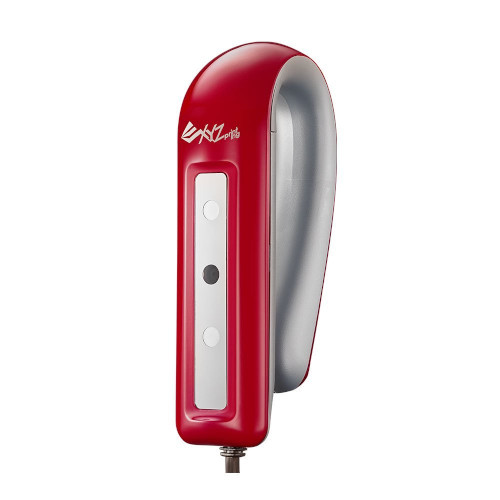
- Handheld IR laser 3D scanner around $200
- Great for beginners and novices who don’t need perfect results
- Max. Volume: 39.3″ x 39.3″ x 78.7″
- Min. Volume: 2″ x 2″ x 2″
- Accuracy: ± 1.0-2.5 mm
Best Midrange 3D Scanner
- All-in-one laser-based 3D scanner and turntable
- Convenient storage and portability
- Max. Volume: 7″ diameter by 9.8″ height
- Min. Volume: N/A
- Accuracy: Within ± 0.1mm
Best Prosumer 3D Scanner
- High quality structured light 3D scans
- All-in-one device with camera, lights, and turntable
- Max. Volume: 47.2″ x 47.2″ x 47.2″ for fixed scan, 7.8″ x 7.8″ x 7.8″ for auto scan
- Min. Volume: 1.1″ x 1.1″ x 1.1″
- Accuracy: ±< 0.05 mm

